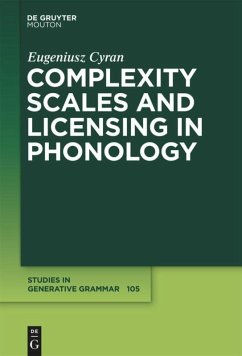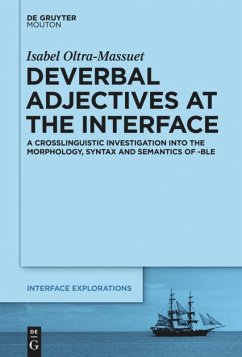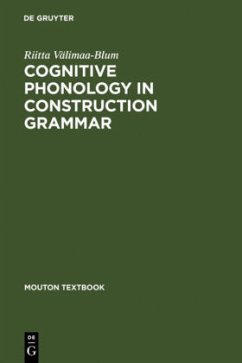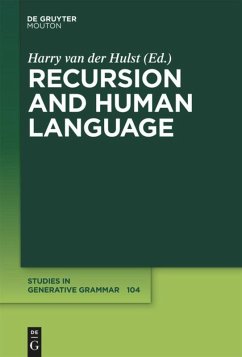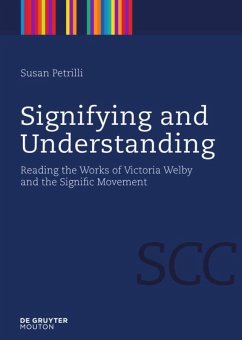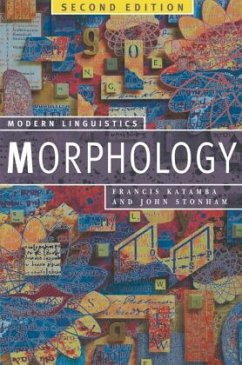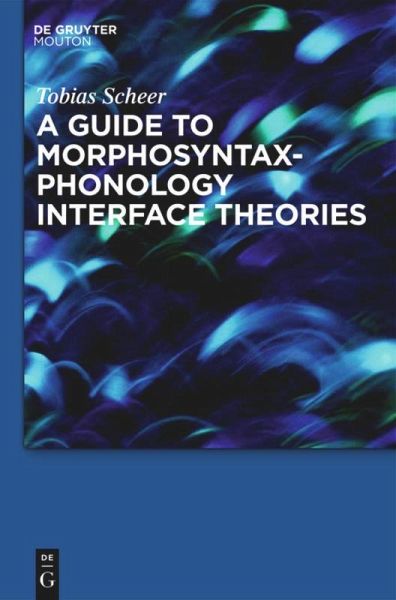
A Guide to Morphosyntax-Phonology Interface Theories
How Extra-Phonological Information is Treated in Phonology since Trubetzkoy's Grenzsignale

PAYBACK Punkte
106 °P sammeln!
This book reviews the history of the interface between morpho-syntax and phonology roughly since World War II. Structuralist and generative interface thinking is presented chronologically, but also theory by theory from the point of view of a historically interested observer who however in the last third of the book distills lessons in order to assess present-day interface theories, and to establish a catalogue of properties that a correct interface theory should or must not have. The book also introduces modularity, the rationalist theory of the (human) cognitive system that underlies the gen...
This book reviews the history of the interface between morpho-syntax and phonology roughly since World War II. Structuralist and generative interface thinking is presented chronologically, but also theory by theory from the point of view of a historically interested observer who however in the last third of the book distills lessons in order to assess present-day interface theories, and to establish a catalogue of properties that a correct interface theory should or must not have. The book also introduces modularity, the rationalist theory of the (human) cognitive system that underlies the generative approach to language, from a Cognitive Science perspective. Modularity is used as a referee for interface theories in the book. Finally, the book locates the interface debate in the landscape of current minimalist syntax and phase theory and fosters intermodular argumentation: how can we use properties of morpho-syntactic theory in order to argue for or against competing theoriesof phonology (and vice-versa)?




